America does not vote by the square mile. The electoral college is fundamentally flawed, but it does at least approach an accurate representation of the will of the American populace, as much as the will of 305 million people can be evenly divided amongst 538 electoral votes.
As it stands, the vote is weighted slightly, and unfairly, in favor of states with small populations. I’ll spare you the civics lesson on how the number of votes per state is determined (if you don’t already know, shame on you, Sarah Palin), but suffice to say that each state has at least 3 electoral votes. The inequality here is best summed up in the comparison between Wyoming, our least populous state, and California, our most populous state. Wyoming’s 3 electoral votes reflect the will of its 522,380 residents at a rate of 1 vote per 174,127 people. California’s 55 electoral votes, in contrast, are divided amongst its 36,553,215 residents at a rate of 1 vote per 664,604 people. In other words, a person’s vote in Wyoming counts 3.8 times as much towards the electoral total as a person’s vote in California.
That’s unfair. But there it is. So in short, the will of the citizens of Wyoming is disproportionately represented by almost four times as much as that of the citizens of California, per person.
Nonetheless, it’s worth considering the mass of California’s 55 electoral votes when contemplating a speculative map such as the one below (from Yahoo’s Election Dashboard) — based on the likely outcome as determined by the “prediction markets” — a.k.a. the bookmakers who take bets on who will win the election. Of course, betting on the outcome of the presidential race by an American citizen is illegal. But that doesn’t keep residents of other countries from taking a sporting interest in the outcome. And, given bookmakers’ need for an accurate prediction of the outcome of any wager-worthy event like this, they’re probably more reliable than the latest polls, or even the kind of meta analysis we’re seeing out of FiveThiryEight.com.
As an Obama supporter, I often look at maps like this and am dismayed to see so much red. Geez, I think, Obama may end up squeaking by on this but just look at it — that’s a whole lotta McCain territory out there. But again, the land isn’t voting. The people are. It helps to pay attention to those little numbers on each state. I did a quick tally and found that large, snakelike swath of the west, consisting of Arizona, Utah, Idaho, Montana, Wyoming, North Dakota, South Dakota, Nebraska, Kansas, Oklahoma and Arkansas all together comprises 55 electoral votes. The same as California.
In fact, the only big red state is Texas, and the only other reasonably big state among them is Georgia. So McCain has two 15-or-more-electoral-votes states, compared with Obama’s nine (California, Illinois, Michigan, Ohio, Pennsylvania, New York, New Jersey, North Carolina and Florida), and Virginia and Massachusetts are also larger than any other McCain states.
So there you have it. Remember that land doesn’t vote — people do. And even if, thanks to the electoral college, people’s votes count relatively more if there’s more land between them, ultimately the proportion of voters favoring one candidate or another is not accurately indicated by the amount of red or blue space you see on the map, but by how big those little numbers on the map are.
